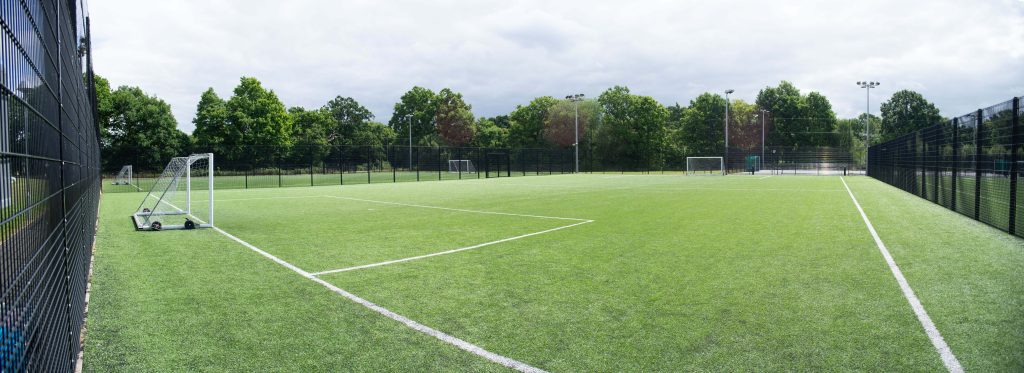
Some of you may have seen in recent social media posts, there has been a campaign spearheaded by the Society of Garden Designers (SGD) to discourage the use of plastic plants and grass. This has been supported and endorsed by the Landscape Institute (LI) with high profile members making public posts showing their allegiance. The campaign has also made it into the mainstream media, with the Guardian writing a piece about artificial grass ‘It would survive nuclear Armageddon’: should plastic grass be banned?’1
There are a number of arguments against the use of artificial grass but I think the salient points are:
- artificial lawns destroy natural habitats and soil
- they contribute to carbon emissions during manufacture and transport, whereas real grass absorbs CO2
- they overheat in the summer and contribute to urban heat islands; they cause flooding as they absorb less than 50% of the rain that falls on them
- they pollute waterways, as over time the plastic breaks down into microplastics, which is washed into our drainage and discharged into rivers and the sea
- they are neither biodegradable nor recyclable, and after their life cycle (typically up to about 15 years) they go into landfill where they will continue to pollute.
Now as far as rap sheets go, I’d say they are some pretty damming reasons to not use artificial grass.
I will admit that I’m being rather hypocritical with this blog as I have been guilty of specifying artificial grass on projects where maintenance has been a source of concern for clients or on roof gardens where a ‘green’ area was requested. But, should we be looking at this in a different way? Is something that appears ‘green’ better than something ‘grey’?
For example, I have a roof garden project with an area of artificial grass specified which provides an area of ‘green’ that’s low maintenance. Could a solution instead be to propose a material that meets the low maintenance brief without the incriminating environmental credentials, even if that material is not ‘green’?
I think ultimately the move away from artificial grass in a domestic or public space makes sense but I think an important distinction should be made between this and the use in sports pitches.
Sports pitches provide important community facilities and allow schools to offer sports all year round which may just be a justification for the only use of plastic grass.

